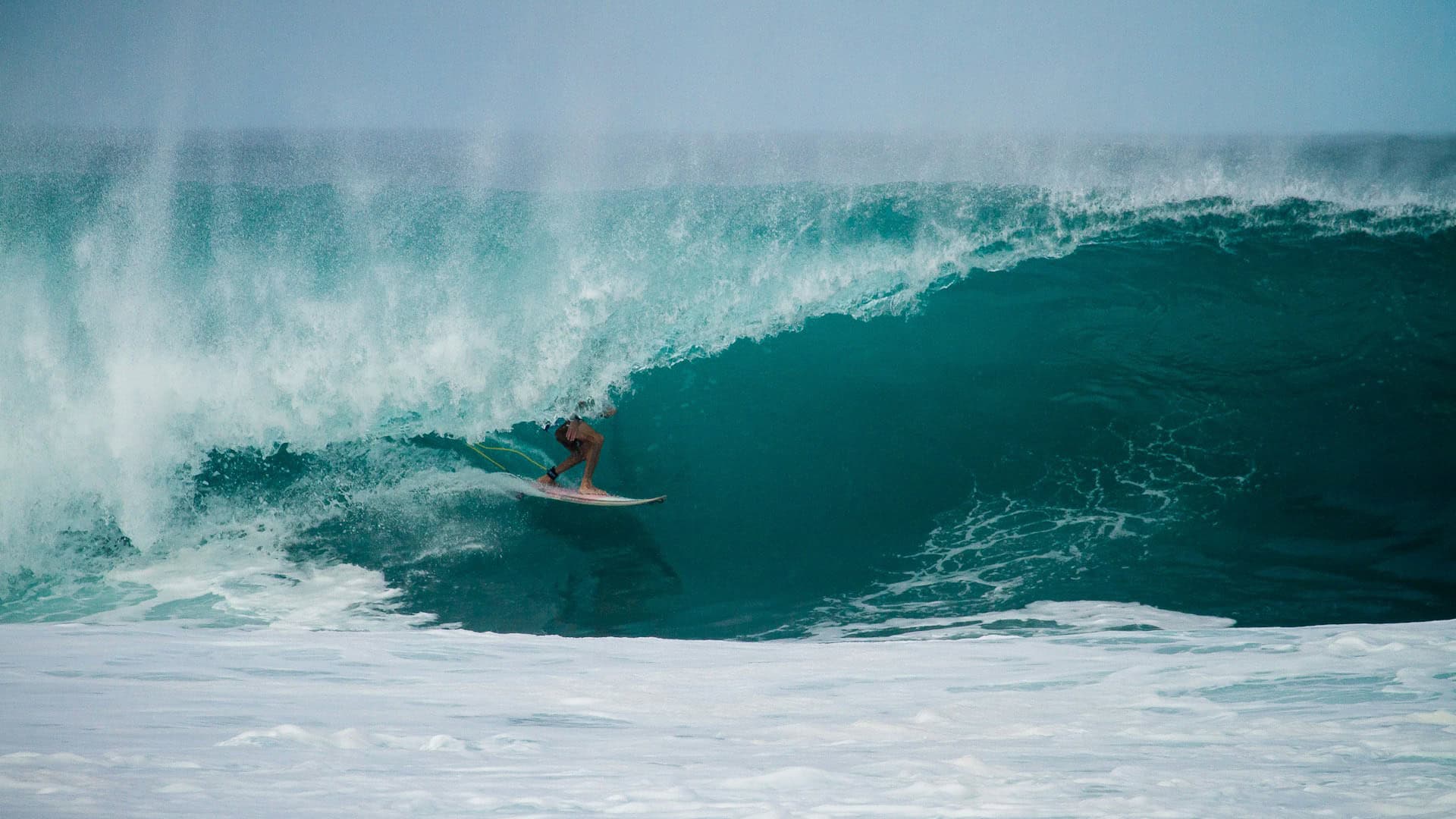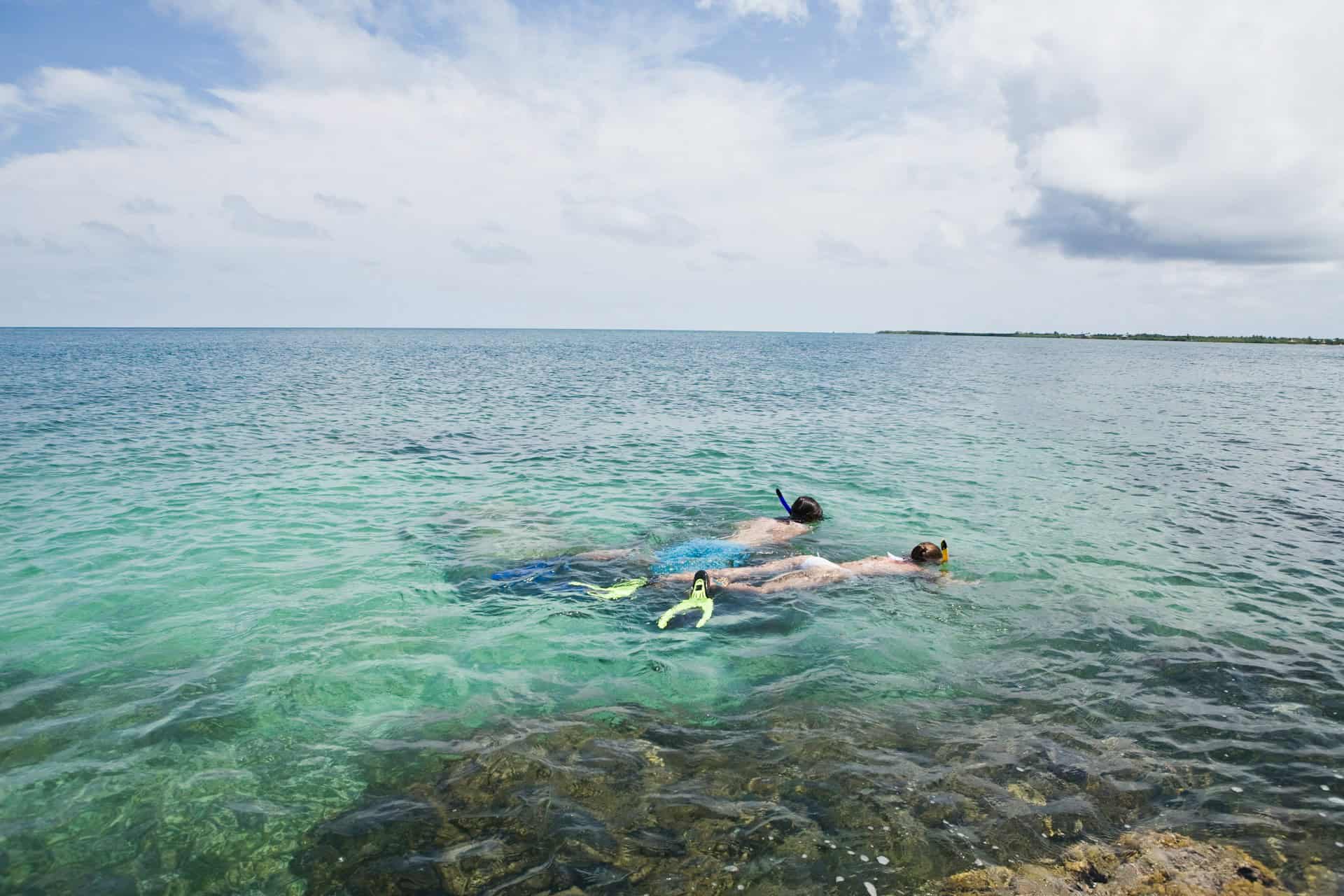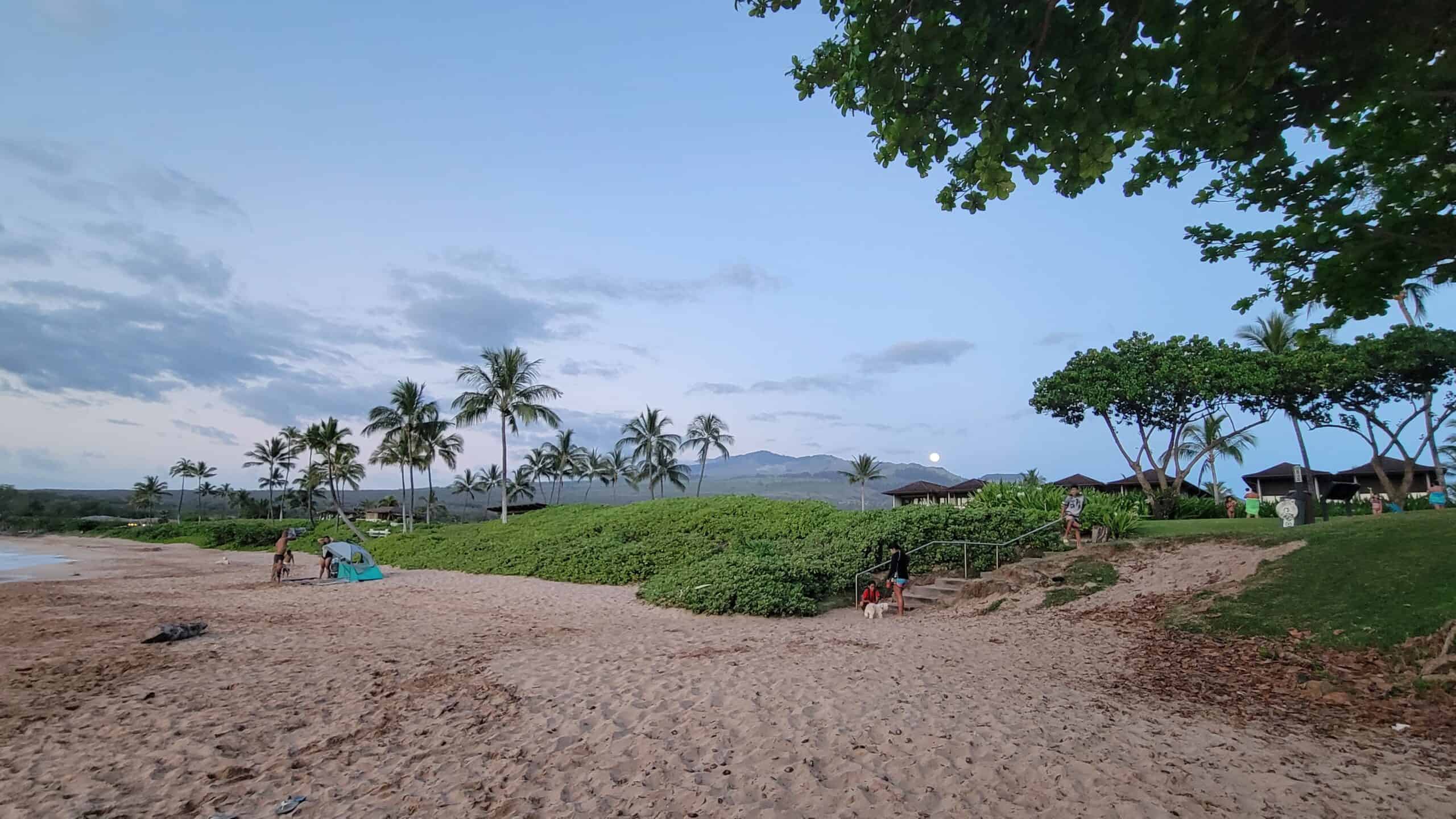In September 2016, I traveled to Honolulu with Maui Ocean Center to participate in the IUCN World Conservation Congress, the world’s largest conservation event that brought together conservation experts, government leaders, and indigenous peoples from over 80 countries to discuss solutions to some of the world’s most pressing environmental challenges. Of all the challenges presented, one emerged that would soon catch state-wide recognition: sunscreen pollution and its danger to coral reefs.
With sunny weather, sandy beaches, and protected waters, it’s no surprise that our island lifestyle often revolves around the sea. Sunscreen use is significant when you consider millions of visitors and residents enjoy the beach throughout the year. While sunscreen is effective at protecting us from harmful UV rays, the unfortunate reality is it poses a substantial threat to our coral reef ecosystems.
Growing evidence indicates that oxybenzone, the most common compound found in sunscreen products, harms corals by disrupting its ability to develop and reproduce. One of the leading researchers in the subject is Craig Downs, Ph.D., forensic ecotoxicologist of Haereticus Environmental Laboratory. According to an article “Sunscreen Pollution” authored by Downs, oxybenzone “induces coral bleaching by lowering the temperature at which corals will bleach when exposed to prolong heat stress.” He explains that oxybenzone is a genotoxic that damages a coral’s DNA, which can lead to deformities, and disrupts coral larvae development by acting as an endocrine disruptor.
The damage goes beyond corals, as oxybenzone has been found to be toxic to algae, sea urchins, fish, mammals, and even humans. It’s important to note that oxybenzone is not the lone culprit in sunscreen, octinoxate and octocrylene are among the growing list of harmful chemicals.
Responding to consumer and scientific concerns, many products have removed oxybenzone and are labeling themselves as “reef-friendly” or “reef-safe”, but this can be misleading as there is yet to be an official governing body to certify true reef safe products.
Mineral-based sunscreens are growing in popularity as a potential alternative. Mineral-based sunscreens formulated with zinc oxide or titanium dioxide are available in non-coated nanoparticles and non-nanotized coated forms. According to research by Downs, non-coated nanoparticles of zinc oxide and titanium dioxide can be toxic to corals, fish, and other reef organisms. While there isn’t enough research to show the full range of effects of non-nanotized coated zinc oxide and titanium dioxide, there is potential for these particles to sink and act as sediment which can suffocate corals and prevent photosynthesis.
All “natural” or “plant-based” alternatives may not be in the clear either. According to research by Downs, “A number of plant-based oils can be toxic to reef organisms, especially arthropods…Other ingredients such as beeswax can be contaminated with a variety of industrial fungicides and insecticides”.
Currently, there is no perfect solution to sunscreen pollution as more research is needed to determine the best course of action. What we can do in the meantime is minimize and mitigate the risk. It’s equally important to note these strategies do not call for the end of sunscreen use. Protection from the sun remains a very serious public health issue and sunscreen continues to play an important role in protecting our health from UV rays. Here are a few practices to consider the next time you head to the beach:
1. Cover Up:
Comfortable and affordable sun protective clothing is readily available in hats, t-shirts, and rash guards.
2. Avoid Midday Hours:
Plan an early morning or late afternoon trip to the beach to reduce the amount of sunscreen needed.
3. Read the Label:
Avoid ingredients such as oxybenzone, octinoxate, and octocrylene. If you choose to go with a mineral or all-natural sunscreen, choose one with the simplest formula.
4. Choose a Lotion:
While aerosol sprays are convenient, they are more likely to contaminate sand and other surfaces during application.
5. Be Strategic:
Minimize the amount of sunscreen used by applying to areas most exposed to sunlight including face, neck, hands, and legs.
A solution for protecting the reef while caring for our health may not come quickly. Nevertheless, working collaboratively with the public, scientists, government, and product manufacturers is paramount. For now, let us continue to raise public awareness, make better choices, and be an example for others to follow.




